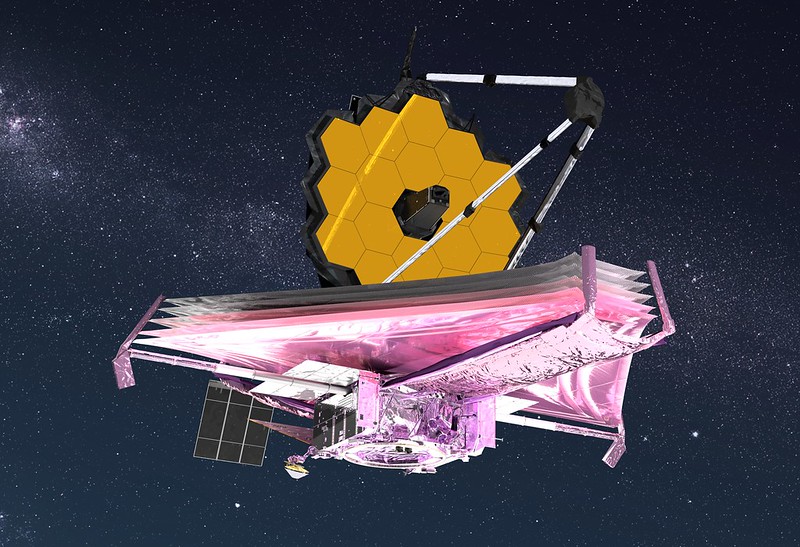
James Webb Space Telescope Reaches its New Home
Monday, Jan. 24, 2022, at 2 p.m. EST, the James Webb Space Telescope fired its onboard thrusters for nearly five minutes (297 seconds) to complete the final postlaunch course correction to Webb’s
CHECK THIS OUT

Monday, Jan. 24, 2022, at 2 p.m. EST, the James Webb Space Telescope fired its onboard thrusters for nearly five minutes (297 seconds) to complete the final postlaunch course correction to Webb’s

The Kingdom of Tonga doesn’t often attract global attention, but a violent eruption of an underwater volcano on January 15 has spread shock waves, quite literally, around half the world.

Deanna Hence, University of Illinois at Urbana-Champaign Above the equator, winter officially begins in December. But in many areas, January is when it really takes hold. Atmospheric scientist Deanna Hence

Emily Johnson, US Geological Survey Curious Kids is a series for children of all ages. If you have a question you’d like an expert to answer, send it to curiouskidsus@theconversation.com.

Melissa Hawkins, American University The pandemic has brought many tricky terms and ideas from epidemiology into everyone’s lives. Two particularly complicated concepts are vaccine efficacy and effectiveness. These are not

By HANNAH HICKEY-U. WASHINGTON Lightning is one of the most destructive forces of nature, as in 2020 when it sparked the massive California Lightning Complex fires, but it remains hard

John Allen, Central Michigan University The deadly tornado outbreak that tore through communities from Arkansas to Illinois on the night of Dec. 10-11, 2021, was so unusual in its duration

Jill Zarestky, Colorado State University Modern society benefits when people understand science concepts. This knowledge helps explain how cryptocurrency works, why climate change is happening, or how the coronavirus is

Dolf Gielen, Colorado School of Mines and Morgan Bazilian, Colorado School of Mines Much of the news coming out of the U.N. climate conference has focused on the spectacle, and

Daniel Merino, The Conversation and Gemma Ware, The Conversation Are there limits to how much faster, higher, or stronger an athlete can get? In this episode of The Conversation Weekly

Crayola, the premier children’s creativity brand, and OceanX, a leading global non-profit ocean exploration organization, are partnering to bring the wonders of the ocean to the next generation through imagination and

Mark Canada, Indiana University Kokomo and Christian Chauret, Indiana University Kokomo Exactly 300 years ago, in 1721, Benjamin Franklin and his fellow American colonists faced a deadly smallpox outbreak. Their

A new special from National Geographic, sure to please all the shark lovers out there, will air Monday, July 5. Shark Beach with Chris Hemsworth is a one-off special, actor

Sam Purkis, University of Miami The Chagos Archipelago is one of the most remote, seemingly idyllic places on Earth. Coconut-covered sandy beaches with incredible bird life rim tropical islands in

Mario Borunda, Oklahoma State University The closest star to Earth is Proxima Centauri. It is about 4.25 light-years away, or about 25 trillion miles (40 trillion km). The fastest ever

SpaceX and NASA launched four astronauts from three different space agencies to the International Space Station this morning using a recycled Falcon 9 capsule and rocket. Crew-2 was scheduled to

Xavier Bofill De Ros, National Institutes of Health The first draft of the human genome was published 20 years ago in 2001, took nearly three years and cost between US$500

Christopher Tuggle, Iowa State University and Adeline Boettcher, Iowa State University The U.S. Food and Drug Administration requires all new medicines to be tested in animals before use in people.

Deborah Fuller, University of Washington; Albert H. Titus, University at Buffalo, and Nevan Krogan, University of California, San Francisco A number of technologies and tools got a chance to prove

Michael P. Lombardo, Grand Valley State University and Robert Deaner, Grand Valley State University Pitchers’ fastballs are getting better and better. From 2008 to 2020, the average speeds of all

Later today, the most technologically sophisticated rover ever will land on Mars.

Augmented Reality (AR) and other forms of assistive technology in the classroom are seeing positive results with autism students.
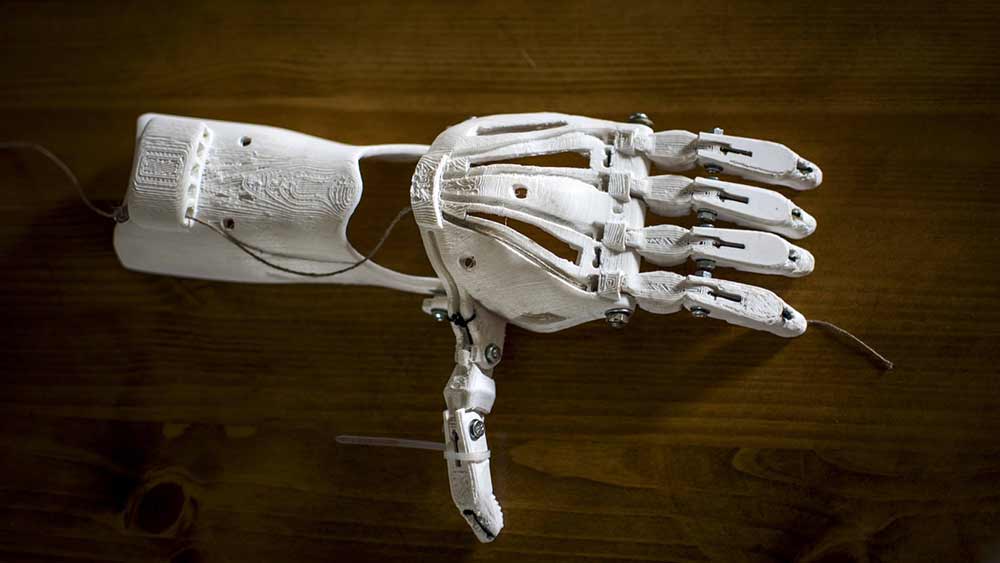
In a short space of time, 3D printing has gone from science fiction to home entertainment. The technology has moved out of laboratories and commercial settings and into the home.
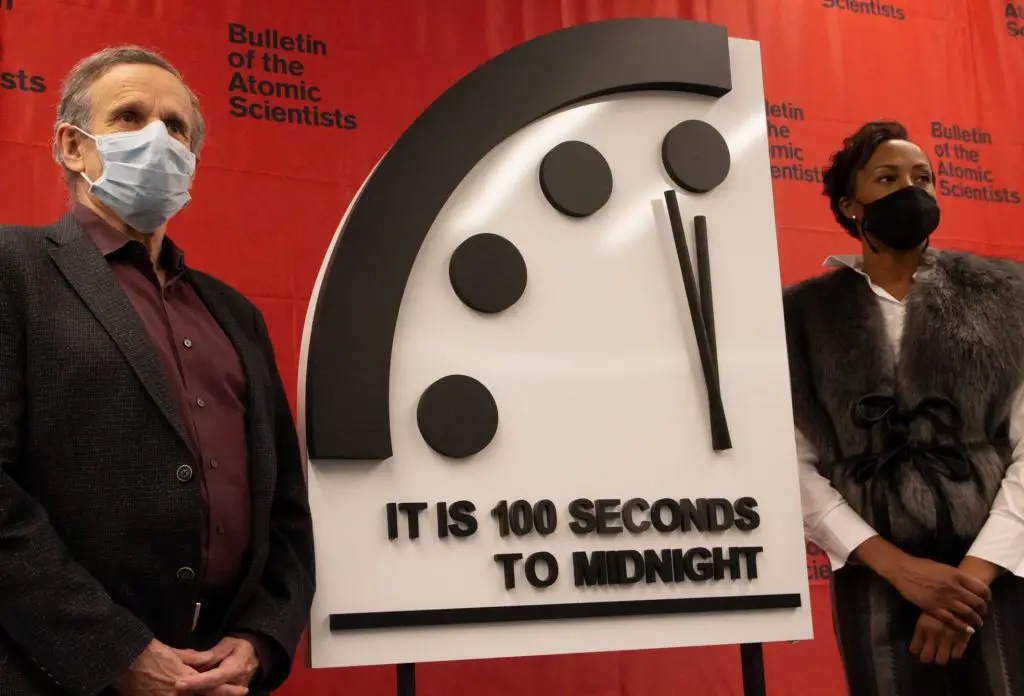
The end is near. Well, according to the Doomsday Clock. The time on the symbolic Doomsday Clock was not changed for 2021. “The COVID-19 pandemic will end up killing well
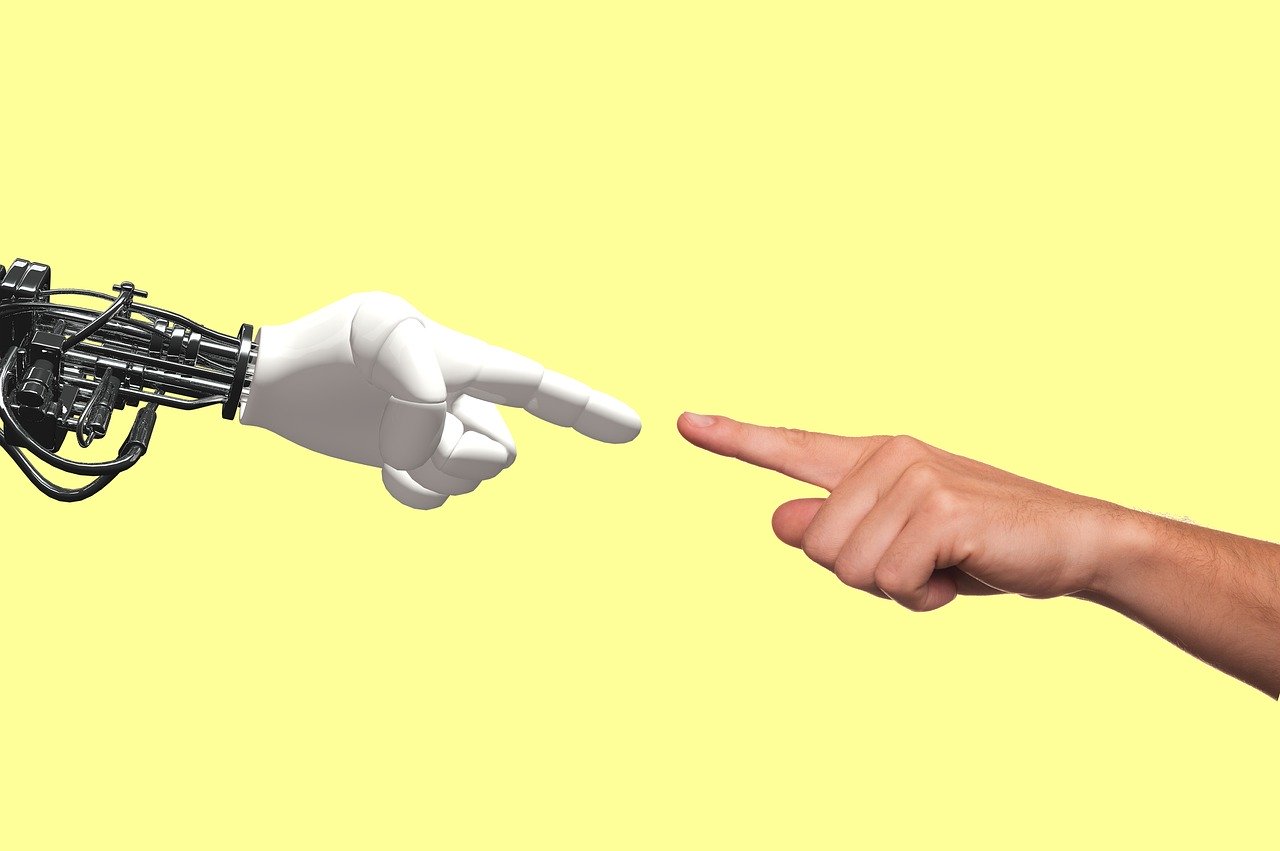
While automation and the use of robotics has drastically increased the efficiency of manufacturing processes, logistics, and delivery, the casualty list for a slew of manual and service-based jobs on and off the production line is growing.
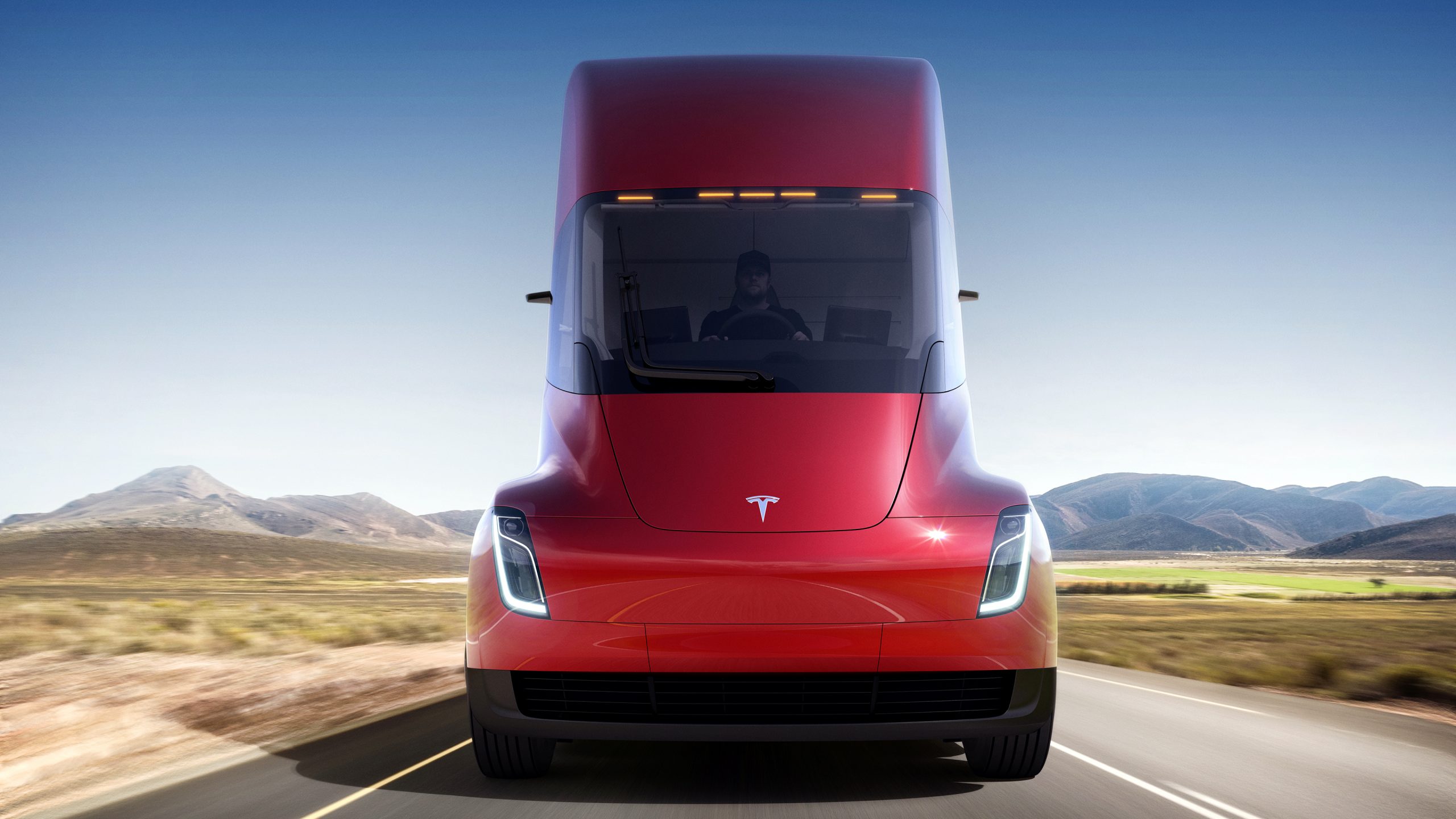
While headlines have showcased a dip in the light-duty car sector, big trucks, commercial vehicles, over-the-road, and short-haul semis have seen a surge in recent technology deployments.

Engineered with smart off-road technology, the 4×4 Ford Bronco is back in the news with a family of rugged SUVs. The vehicle’s production is scheduled for take-off in early 2021 while delivery to dealerships is expected next spring.
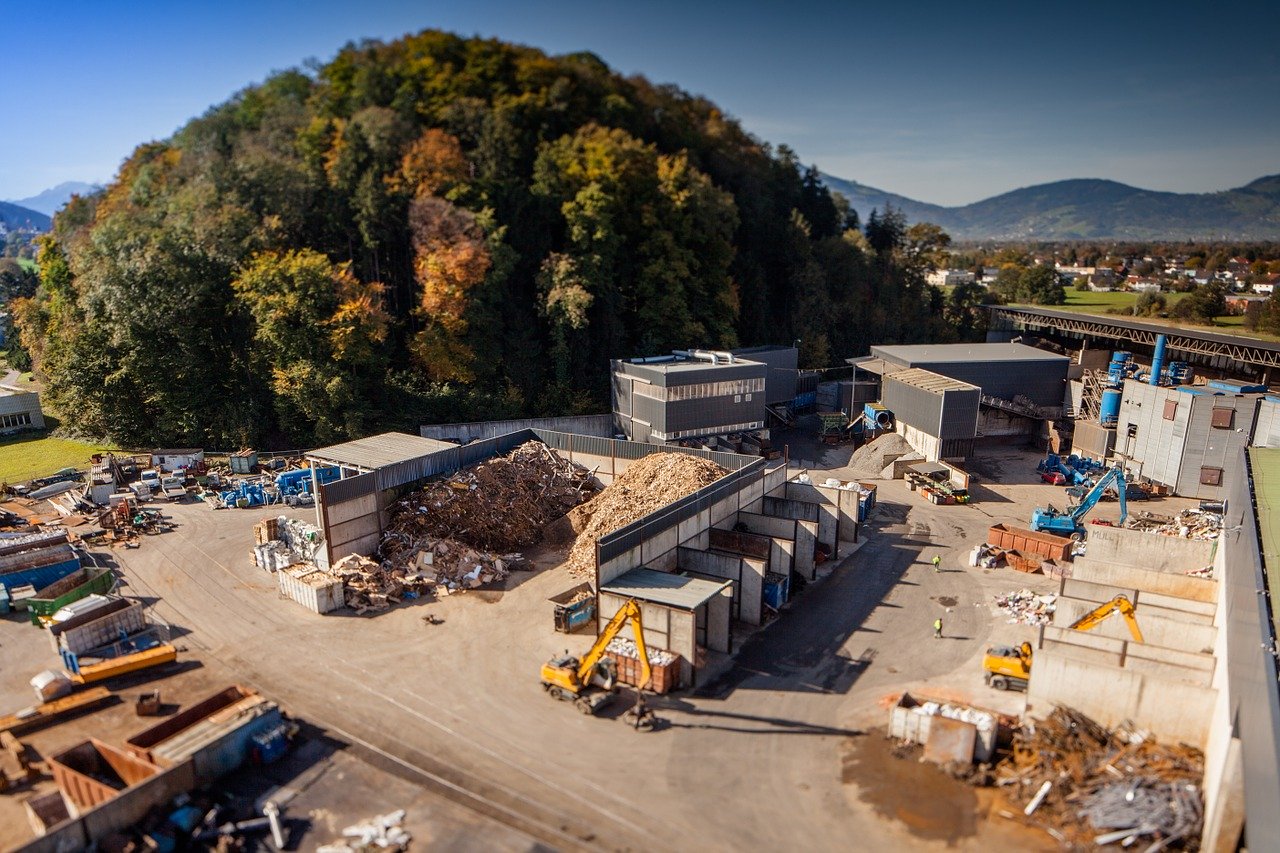
What if legislators placed heavy design restrictions on the automotive or aerospace industries? What if engineers at Tesla or Boeing saw their research capabilities reduced to a small palette of less-creative, material options?

First developed in 1971, File Transfer Protocol (FTP) servers have long served a key part in data communication. Before the advent of Transfer Connection Protocol (TCP) and Internet Protocol (IP),
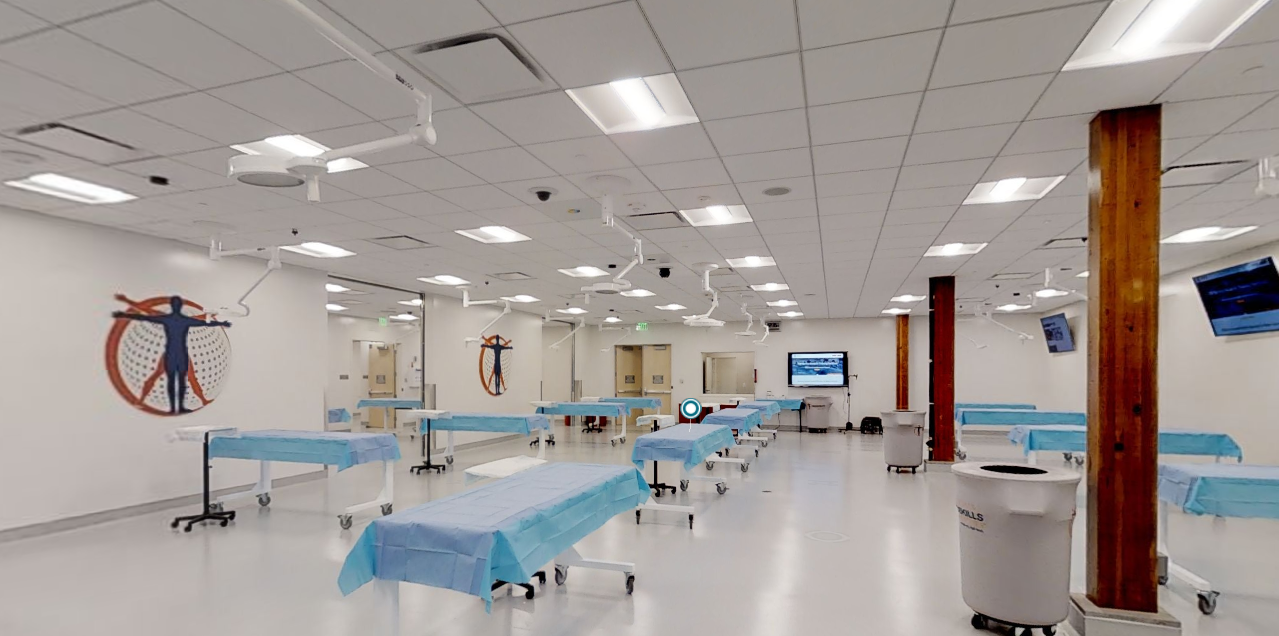
In recent years, we’ve seen great strides as companies like Microsoft and TeamViewer introduce and implement its own use cases for AR, which has made attending Las Vegas’ Consumer Electronics Show that much more exciting.

The Top 50 Most Innovative Products

Facial recognition has always been a controversial technology, especially when it comes to the government using it. As tensions between the public and police have risen, some big names in

There are two ways of looking at autonomous vehicles, and both of them are true. A thorough analysis by one of country’s leading automotive insurance research groups threw some hard data—some would say cold water—on self-driving car technology and the reactions were in predictably stark contrasts. Potential headlines on the news:
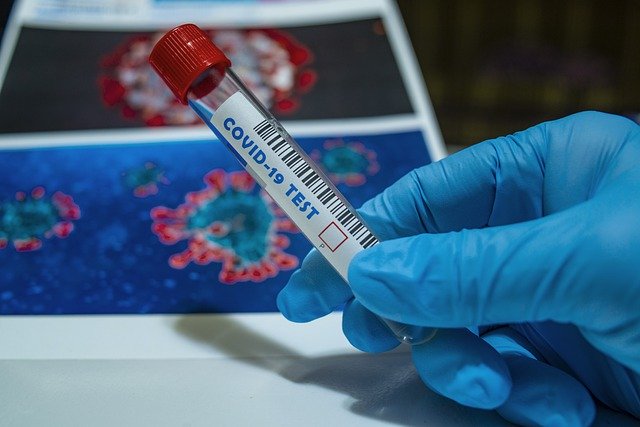
Following the White House’s declared state of emergency in March and subsequent Harvard study showing a need for up to 20 million COVID-19 tests per day by the end of summer, innovation from the manufacturing industry has responded with a scalable technology capable of closing the testing gap.

Facial recognition is expected to become one of the most important technological developments of the era. While the usage of such technology is extremely controversial, the power of facial recognition
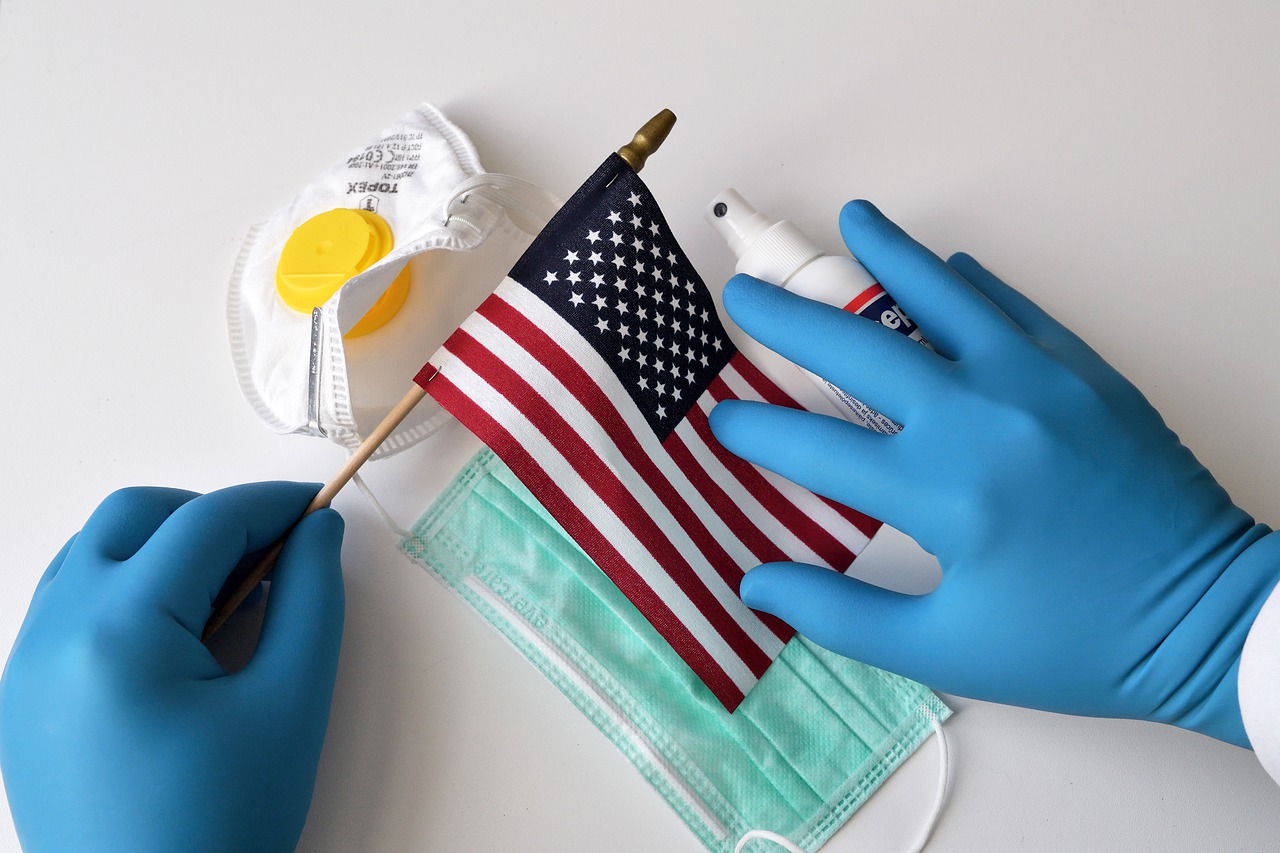
The current healthcare crisis has caused many companies to change plans. Some have shut down; others have ramped-up production of critical goods needed to combat the coronavirus. One small but

On May 27, NASA astronauts Bob Behnken and Doug Hurley will pilot a SpaceX capsule called the “Crew Dragon” to the International Space Station in low orbit.

50 years after Apollo 11, the nation and world look forward to a multi-pronged space program, a new space race, built on cooperation between NASA and many commercial ventures.

Poppy Northcutt, a young mathematical whiz figured out lunar orbital trajectories — and became the first woman to work in Mission Control. Her mission? Apollo.

Scientists may have discovered that Titan, the largest of Saturn’s moon, may have methane lakes encrusted with crystals.

Monday, Jan. 24, 2022, at 2 p.m. EST, the James Webb Space Telescope fired its onboard thrusters for nearly five minutes (297 seconds) to complete the final postlaunch course correction to Webb’s

The Kingdom of Tonga doesn’t often attract global attention, but a violent eruption of an underwater volcano on January 15 has spread shock waves, quite literally, around half the world.

Deanna Hence, University of Illinois at Urbana-Champaign Above the equator, winter officially begins in December. But in many areas, January is when it really takes hold. Atmospheric scientist Deanna Hence

Emily Johnson, US Geological Survey Curious Kids is a series for children of all ages. If you have a question you’d like an expert to answer, send it to curiouskidsus@theconversation.com.

Melissa Hawkins, American University The pandemic has brought many tricky terms and ideas from epidemiology into everyone’s lives. Two particularly complicated concepts are vaccine efficacy and effectiveness. These are not

By HANNAH HICKEY-U. WASHINGTON Lightning is one of the most destructive forces of nature, as in 2020 when it sparked the massive California Lightning Complex fires, but it remains hard

John Allen, Central Michigan University The deadly tornado outbreak that tore through communities from Arkansas to Illinois on the night of Dec. 10-11, 2021, was so unusual in its duration

Jill Zarestky, Colorado State University Modern society benefits when people understand science concepts. This knowledge helps explain how cryptocurrency works, why climate change is happening, or how the coronavirus is

Dolf Gielen, Colorado School of Mines and Morgan Bazilian, Colorado School of Mines Much of the news coming out of the U.N. climate conference has focused on the spectacle, and

Daniel Merino, The Conversation and Gemma Ware, The Conversation Are there limits to how much faster, higher, or stronger an athlete can get? In this episode of The Conversation Weekly

Crayola, the premier children’s creativity brand, and OceanX, a leading global non-profit ocean exploration organization, are partnering to bring the wonders of the ocean to the next generation through imagination and

Mark Canada, Indiana University Kokomo and Christian Chauret, Indiana University Kokomo Exactly 300 years ago, in 1721, Benjamin Franklin and his fellow American colonists faced a deadly smallpox outbreak. Their

A new special from National Geographic, sure to please all the shark lovers out there, will air Monday, July 5. Shark Beach with Chris Hemsworth is a one-off special, actor

Sam Purkis, University of Miami The Chagos Archipelago is one of the most remote, seemingly idyllic places on Earth. Coconut-covered sandy beaches with incredible bird life rim tropical islands in

Mario Borunda, Oklahoma State University The closest star to Earth is Proxima Centauri. It is about 4.25 light-years away, or about 25 trillion miles (40 trillion km). The fastest ever

SpaceX and NASA launched four astronauts from three different space agencies to the International Space Station this morning using a recycled Falcon 9 capsule and rocket. Crew-2 was scheduled to

Xavier Bofill De Ros, National Institutes of Health The first draft of the human genome was published 20 years ago in 2001, took nearly three years and cost between US$500

Christopher Tuggle, Iowa State University and Adeline Boettcher, Iowa State University The U.S. Food and Drug Administration requires all new medicines to be tested in animals before use in people.

Deborah Fuller, University of Washington; Albert H. Titus, University at Buffalo, and Nevan Krogan, University of California, San Francisco A number of technologies and tools got a chance to prove

Michael P. Lombardo, Grand Valley State University and Robert Deaner, Grand Valley State University Pitchers’ fastballs are getting better and better. From 2008 to 2020, the average speeds of all

Later today, the most technologically sophisticated rover ever will land on Mars.

Augmented Reality (AR) and other forms of assistive technology in the classroom are seeing positive results with autism students.

In a short space of time, 3D printing has gone from science fiction to home entertainment. The technology has moved out of laboratories and commercial settings and into the home.

The end is near. Well, according to the Doomsday Clock. The time on the symbolic Doomsday Clock was not changed for 2021. “The COVID-19 pandemic will end up killing well

While automation and the use of robotics has drastically increased the efficiency of manufacturing processes, logistics, and delivery, the casualty list for a slew of manual and service-based jobs on and off the production line is growing.

While headlines have showcased a dip in the light-duty car sector, big trucks, commercial vehicles, over-the-road, and short-haul semis have seen a surge in recent technology deployments.

Engineered with smart off-road technology, the 4×4 Ford Bronco is back in the news with a family of rugged SUVs. The vehicle’s production is scheduled for take-off in early 2021 while delivery to dealerships is expected next spring.

What if legislators placed heavy design restrictions on the automotive or aerospace industries? What if engineers at Tesla or Boeing saw their research capabilities reduced to a small palette of less-creative, material options?

First developed in 1971, File Transfer Protocol (FTP) servers have long served a key part in data communication. Before the advent of Transfer Connection Protocol (TCP) and Internet Protocol (IP),

In recent years, we’ve seen great strides as companies like Microsoft and TeamViewer introduce and implement its own use cases for AR, which has made attending Las Vegas’ Consumer Electronics Show that much more exciting.

The Top 50 Most Innovative Products

Facial recognition has always been a controversial technology, especially when it comes to the government using it. As tensions between the public and police have risen, some big names in

There are two ways of looking at autonomous vehicles, and both of them are true. A thorough analysis by one of country’s leading automotive insurance research groups threw some hard data—some would say cold water—on self-driving car technology and the reactions were in predictably stark contrasts. Potential headlines on the news:

Following the White House’s declared state of emergency in March and subsequent Harvard study showing a need for up to 20 million COVID-19 tests per day by the end of summer, innovation from the manufacturing industry has responded with a scalable technology capable of closing the testing gap.

Facial recognition is expected to become one of the most important technological developments of the era. While the usage of such technology is extremely controversial, the power of facial recognition

The current healthcare crisis has caused many companies to change plans. Some have shut down; others have ramped-up production of critical goods needed to combat the coronavirus. One small but

On May 27, NASA astronauts Bob Behnken and Doug Hurley will pilot a SpaceX capsule called the “Crew Dragon” to the International Space Station in low orbit.

50 years after Apollo 11, the nation and world look forward to a multi-pronged space program, a new space race, built on cooperation between NASA and many commercial ventures.

Poppy Northcutt, a young mathematical whiz figured out lunar orbital trajectories — and became the first woman to work in Mission Control. Her mission? Apollo.

Scientists may have discovered that Titan, the largest of Saturn’s moon, may have methane lakes encrusted with crystals.
©Innovation & Tech Today 2024. All rights reserved.